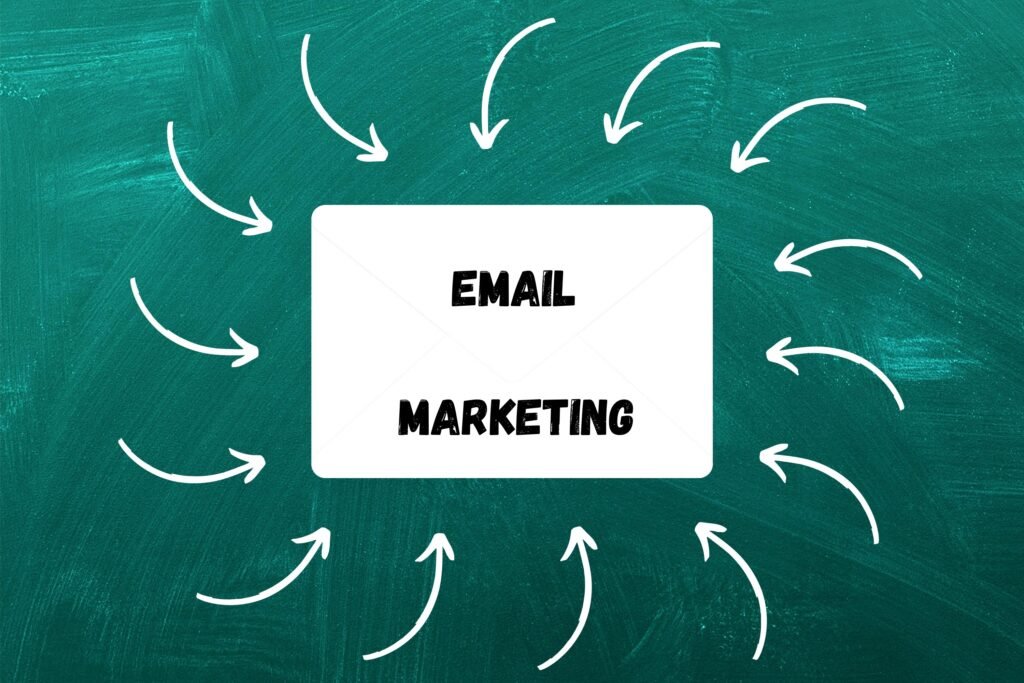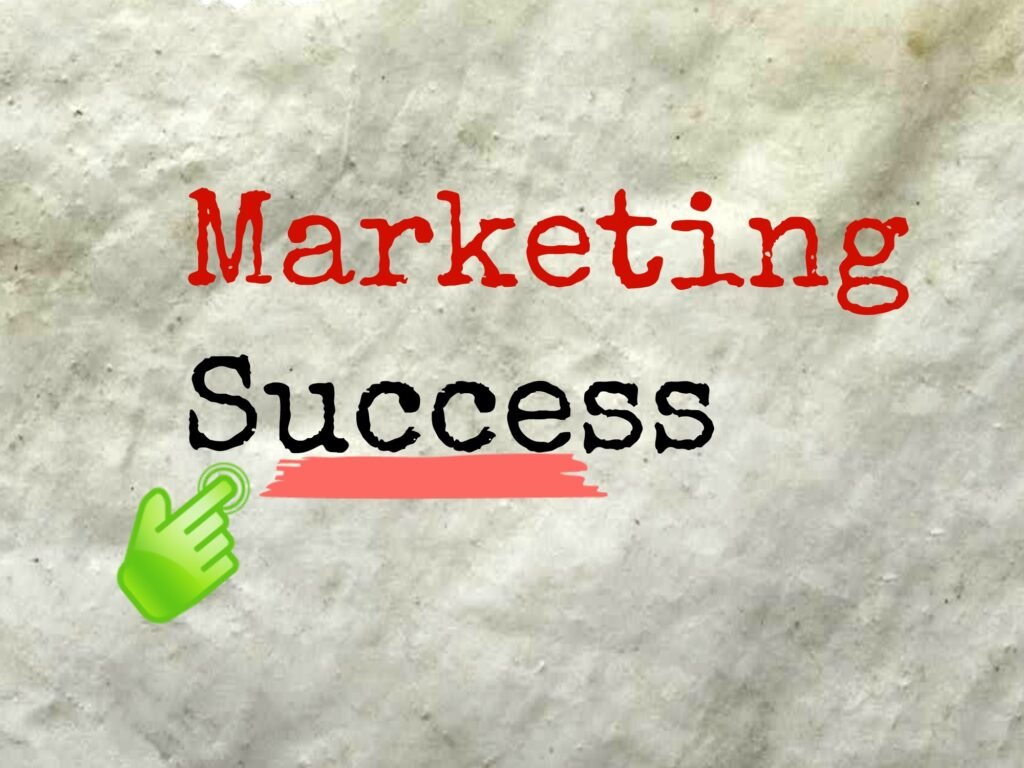The Ultimate Guide to Email Marketing: Boost Your Business with Engaging Campaigns
In today’s competitive digital landscape, email marketing remains a powerful and cost-effective way to connect with your audience. When done right, it can drive sales, enhance brand loyalty, and keep your customers engaged. However, to maximize your return on investment (ROI), you need a well-planned strategy that follows best practices and delivers value to your subscribers. This article will walk you through the essential steps to master email marketing and create campaigns that resonate with your audience.

Here are some key benefits of email marketing:
- High ROI: According to a study by Litmus, email marketing delivers an average ROI of $36 for every $1 spent.
- Direct Communication: Emails allow you to target specific segments of your audience with tailored messages.
- Measurable Results: Advanced analytics make it easy to track open rates, click-through rates, and conversions.
- Automation Capabilities: Automated workflows help nurture leads and save time while keeping your campaigns consistent.
Step 1: Build a High-Quality Email List
The foundation of a successful email marketing campaign is a robust and permission-based email list. Here’s how to build one:
- Create Lead Magnets: Offer valuable resources like eBooks, webinars, or discount codes in exchange for email sign-ups.
- Use Sign-Up Forms: Place forms on your website, landing pages, and social media profiles.
- Offer Double Opt-In: Ensure users confirm their subscription to avoid spam complaints and improve list quality.
- Run Contests and Giveaways: Encourage people to provide their emails for a chance to win something valuable.
Step 2: Craft Engaging Content
Creating engaging content is crucial to keeping your subscribers interested. Consider the following elements:
- Compelling Subject Lines: Your subject line determines whether the email is opened. Keep it short, intriguing, and personalized.
- Valuable Content: Share information that’s relevant to your audience. Include tips, updates, or exclusive offers that address their pain points.
- Call-to-Action (CTA): Make sure your CTA is clear and guides the reader towards the next step, such as visiting your website or making a purchase.
- Visually Appealing Design: Use eye-catching images, consistent branding, and mobile-friendly templates.
Step 3: Personalize Your Campaigns
Generic emails rarely perform well. Personalization helps you stand out in your subscribers’ inboxes.

- Segment Your Audience: Group your audience based on demographics, interests, or behavior.
- Use Dynamic Content: Tools like merge tags allow you to add personal touches, such as using the subscriber’s name or recommending products based on past purchases.
- Send Tailored Recommendations: Analyze customer behavior to provide targeted offers that align with their preferences.
Step 4: Automate Your Campaigns
Email automation streamlines your marketing efforts and ensures timely communication. Some popular automated workflows include:
- Welcome Emails: Send an introductory email immediately after a subscriber joins your list.
- Abandoned Cart Emails: Remind customers to complete their purchases with targeted follow-ups.
- Drip Campaigns: Send a series of pre-planned emails to nurture leads and educate them about your products or services.
- Re-Engagement Campaigns: Win back inactive subscribers by offering exclusive deals or updates.
Step 5: Optimize for Mobile Devices
With more than half of all emails opened on mobile devices, optimizing for mobile is essential:
- Responsive Design: Use email templates that adapt to different screen sizes.
- Short Subject Lines: Ensure subject lines don’t get truncated on smaller screens.
- Minimalistic Layouts: Keep your design clean, with a focus on easy navigation and fast loading times.
Step 6: Test and Analyze Performance
Continuous improvement is vital in email marketing. Use analytics to refine your strategy:
- A/B Testing: Experiment with subject lines, CTAs, and email designs to find what works best.
- Track Key Metrics: Monitor open rates, click-through rates, bounce rates, and conversions.
- Feedback Loop: Pay attention to subscriber feedback and adapt your approach accordingly.

Step 7: Stay Compliant with Email Laws
Respecting your subscribers and adhering to legal requirements is critical:
- Follow GDPR and CAN-SPAM: Ensure you have permission to email your subscribers and include an unsubscribe link.
- Be Transparent: Clearly state what users are signing up for and how their data will be used.
What is email marketing?
Email marketing is the practice of using emails to promote products, provide updates, or build relationships with your audience. It’s a direct form of marketing that offers high ROI and measurable results.
How do I build an email list?
You can build an email list by creating lead magnets like eBooks or discount codes, using sign-up forms, offering double opt-ins, and running contests or giveaways to encourage sign-ups.
What makes a good subject line?
A good subject line is short, compelling, and personalized. It should grab the recipient’s attention and give them a reason to open the email.
What is email segmentation?
Email segmentation involves dividing your email list into smaller groups based on characteristics such as demographics, behavior, or preferences. This allows you to send more targeted and relevant emails.
What are some examples of email automation?
Examples of email automation include welcome emails, abandoned cart emails, drip campaigns, and re-engagement campaigns. These workflows save time and improve consistency.
Why is mobile optimization important for email marketing?
Over half of all emails are opened on mobile devices. Mobile optimization ensures your emails are easy to read, navigate, and interact with on smaller screens, enhancing user experience and engagement.
Final Thoughts
Email marketing is a versatile tool that, when used correctly, can elevate your business and foster meaningful relationships with your audience. By focusing on quality content, personalization, and consistent optimization, you can build campaigns that not only drive engagement but also achieve your business goals. Remember to test, analyze, and adapt—your success lies in your ability to continually improve.
Get started on your email marketing journey today and watch your business soar!



Pingback: The Future Of Partnership Marketing: Trends And Best Practices For 2025 - Ziiziimarketer